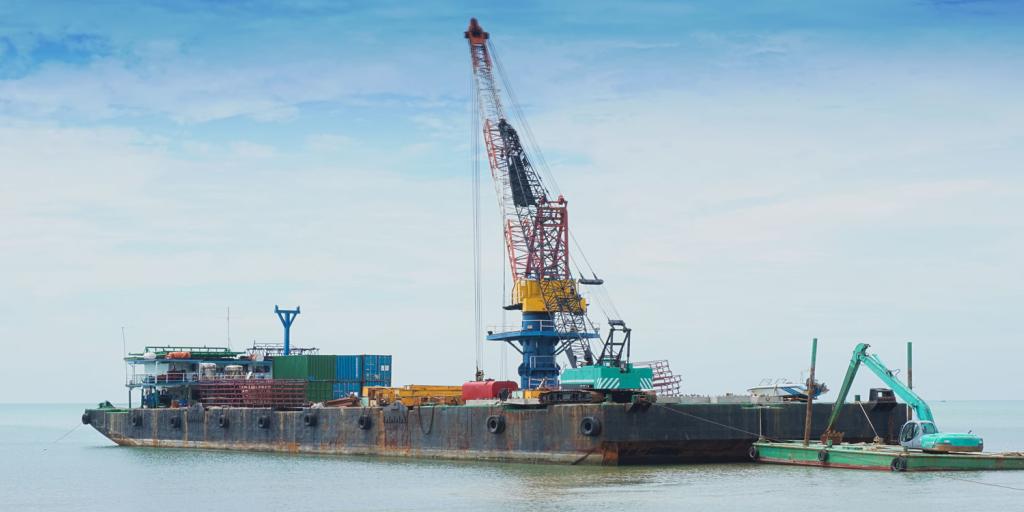
Sand Dredging Sterilizes the Ocean Floor
Roughly six billion metric tons of sand are dredged from the sea floor each year (BBC, September 5, 2023). As one analyst noted, this is equivalent to one million dump-truck loads each day! The majority of sand dredging occurs off the east coast of America, in the North Sea, and in the South China Sea. The majority of dredged sand is used to make concrete and glass. It is also used for constructing roads, dams, and even solar panels.
Some sand dredgers work as gigantic vacuum cleaners, sucking up sand and the microorganisms that live in the sand, many of which provide food for other marine life. According to some experts, this dredging is “basically sterilising the bottom of the sea by extracting sand and crunching all the microorganisms that are feeding fish.” Sometimes the ocean floor is dredged all the way to the bedrock below it, and when this happens, it prevents marine life from being able to recover.
We live in a complex world where human civilization relies on many different types of products built from various materials harvested from God’s creation. As global consumption grows, these source materials can be depleted. While sand appears to be inexhaustible, it is also critical to maintaining a biological balance in nature. When companies focus only on their income and fail to consider the broader impacts of their business model, suffering occurs—and in the case of sand dredged from the sea, the broader creation is affected. The Bible reveals how all of creation “groans” and eagerly waits for the return of Jesus Christ and His saints (Romans 8:19–24). Only then will mankind become truly responsible stewards of God’s creation. For more insights about this subject, be sure to read “Why Worry About Waste?”



